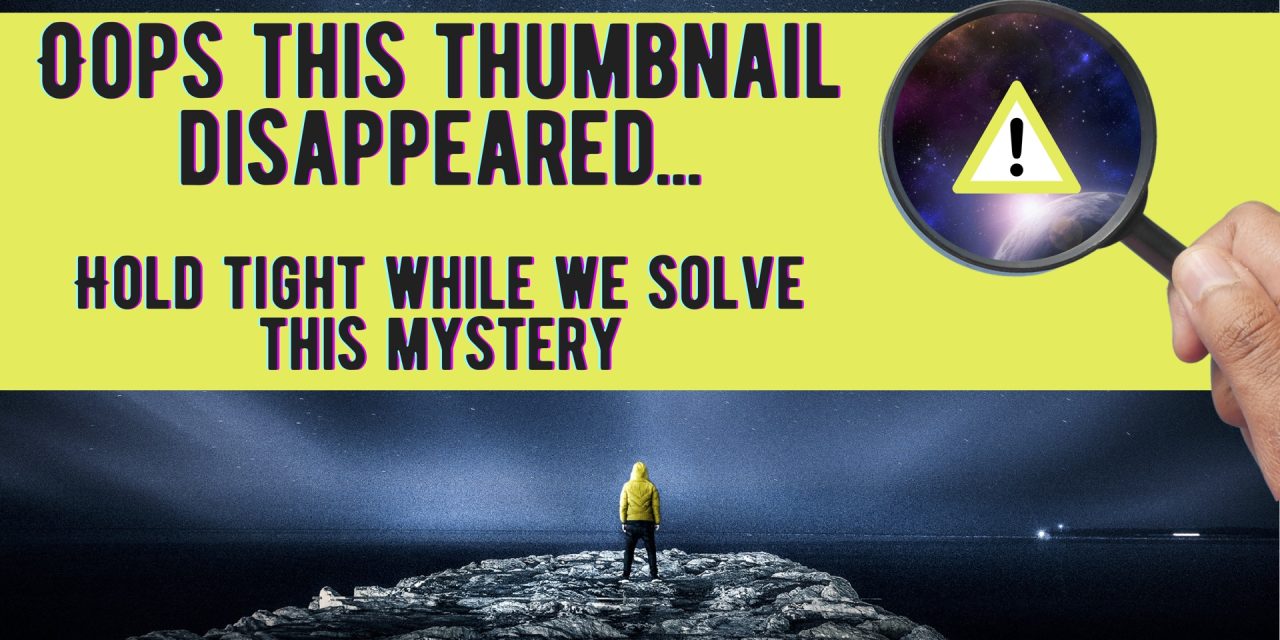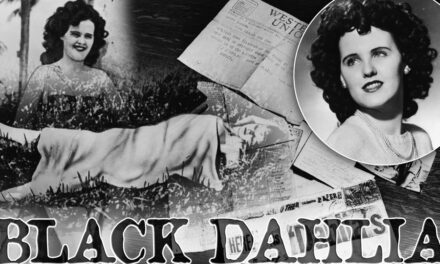A HOUSEHOLD NAME, LIKE ROCKEFELLER
 Like Rockefeller, he rose from poverty to wealth, he came out of nowhere to be talked about everywhere. He was born Erik Weisz, in Hungary, one more remarkable immigrant’s story of the American Dream.
Like Rockefeller, he rose from poverty to wealth, he came out of nowhere to be talked about everywhere. He was born Erik Weisz, in Hungary, one more remarkable immigrant’s story of the American Dream.
Legendary escape artist and magician Harry Houdini died on Halloween, 1926, supposedly from a ruptured appendix. “Supposedly” is the operative word here. Houdini’s death may be medically straightforward. Or it may, in the end, may be as mysterious as the unexplainable escapes this artist performed for an avid public.
The Great Houdini was always somehow able to get out of heavy chains, locked against his escape. No steel box, even one tossed in the ocean, could hold him.
But in the end, he didn’t die by drowning in some locked container. Instead, he was “sucker-punched” in the gut by a “fan.” That was said to have burst his appendix and ended his life, but we can’t be certain (before the the days of modern pathology) about this narrative which took hold.
Houdini had boasted more than once that he could take any blow to the stomach or anywhere else on his body, such was his conditioning. Have at me, I can take it! Was he a victim of his own braggadocio?
In addition to the punch-to-the-appendix theory, there are others. Spiritualists (think: those folks who help you talk to dead ancestors in a séance) were furious with Houdini in the 1920’s. He publicly, aggressively mocked them as frauds, and threatened their bottom line.
Thus one line of thought holds that Spiritualists plotted his death, possibly by poison.
MAGIC, THE IMPOSSIBLE, AND HOUDINI
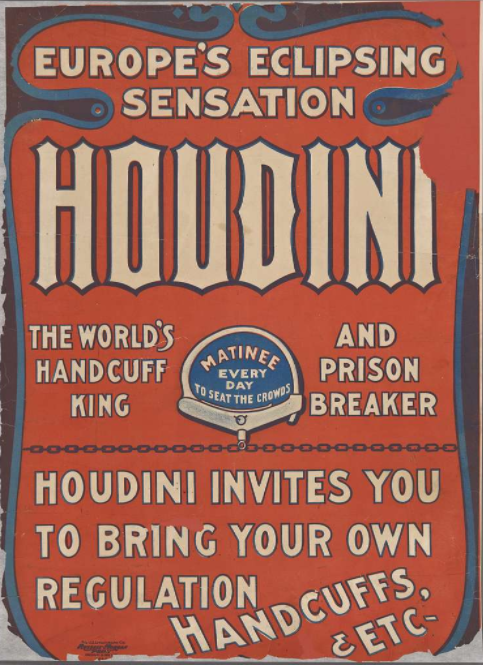 In an age before a hundred cable TV channels, in fact before TV, or most modern entertainment, the magician was a portable circus, a different kind of vaudeville show. The profession employed thousands.
In an age before a hundred cable TV channels, in fact before TV, or most modern entertainment, the magician was a portable circus, a different kind of vaudeville show. The profession employed thousands.
You’ve never heard the names of those thousands, for good reason–have you heard the name of every competent stage coach driver from the Old West? Magicians were good, but a dime a dozen.
Except Harry Houdini. A cut above, actually several cuts above, what other entertainers were doing. It seems he did have extraordinary stamina, talent, and nerves of steel.
In our current pop culture, think of someone with the charisma of a lead actor, the “cool factor” of a rapper, the steely will of a Wall Street tycoon, and the physical fitness of a special forces soldier. That would not be a terribly exaggerated description of the daring Harry Houdini.
He was the magician who sawed himself in half, so to speak, who (apparently) put his life on the line in every performance. Yes, a magician, but the better term for him is escape artist, because he actually was deep in a safe, completely chained up, perhaps underwater, with his time running out. He easily could have died in a stunt gone slightly wrong…Would he be more, or less famous today if he’d died on the job?
Magic meets raw courage and daring in Houdini, you can see it in a hundred documentaries, and feature films.
HOUDINI AND OTHER “MAGICIANS”
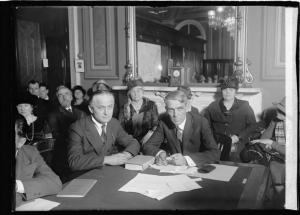 The Great Houdini was beloved by his audiences. But there were also many people who would have liked to see him dead. Foremost among them were the many– who after the Great War and an epidemic called The Spanish Flu–had suffered great personal losses. So out of that grief came a deep desire to connect with their loved ones from beyond the grave. Spiritualists and mediums provided solace for a price. Houdini had deeply upset them, and their followers.
The Great Houdini was beloved by his audiences. But there were also many people who would have liked to see him dead. Foremost among them were the many– who after the Great War and an epidemic called The Spanish Flu–had suffered great personal losses. So out of that grief came a deep desire to connect with their loved ones from beyond the grave. Spiritualists and mediums provided solace for a price. Houdini had deeply upset them, and their followers.
Houdini, a magician who never claimed his tricks were magic, led a spectacular campaign against the popular belief in Spiritualism. He debunked mediums who said they could connect with those who had passed “to the other side.” In 1926 his outrage at Spiritualism led to a Senate hearing on the fraud of the Spiritualists, with Houdini pushing Congress to pass a bill outlawing séances and fortune telling, literally. No law was passed in the end, but Houdini criticized and humiliated more than one practitioner of such “arts.”
Spiritualists were outraged and wrote Houdini letters predicting his “violent death as a fitting punishment.”
ARTHUS CONAN DOYLE AND HIS HOUDINI CONNECTION
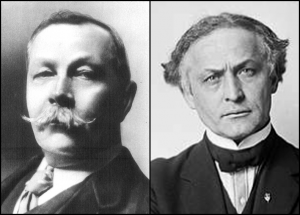 Among Spiritualists that Houdini had previously offended was the famed author, creator of the fictional Sherlock Holmes, Arthur Conan Doyle. When Conan Doyle heard of Houdini’s untimely death he said it had all been predicted during a session with his wife, Lady Conan Doyle, who acted as a medium in Atlantic City, in 1922.
Among Spiritualists that Houdini had previously offended was the famed author, creator of the fictional Sherlock Holmes, Arthur Conan Doyle. When Conan Doyle heard of Houdini’s untimely death he said it had all been predicted during a session with his wife, Lady Conan Doyle, who acted as a medium in Atlantic City, in 1922.
She had offered to help Houdini contact his dead mother and produced some 15 pages of writing that revealed his mother as “happy,” among other reassurances.
Houdini noted that Lady Conan Doyle reported an image of a cross on the top of each page of this correspondence with the text dictated in English. This was absurd fakery, he said. His mother was Jewish and would be unlikely to use the symbol of the Christian cross. Also, she only spoke German, yet supposedly learned English after her death!
His friendship with Conan Doyle ended and his crusade against Spiritualism began in earnest.
The next year Houdini gave a performance at McGill University in Canada. Before the show, J. Gordon Whitehead, a student, went backstage. He claimed he wanted to test Houdini’s ability to counter any blow to his stomach.
Houdini, unprepared and seated, was sucker punched five times. He felt extreme pain but made it through that show and took a train to Detroit, to perform more shows.
Soon he developed a fever that climbed to 104 degrees. A doctor diagnosed appendicitis, and recommended immediate surgery. Houdini ignored his advice and performed a show at the Garrick Theater. He passed out during the show, was revived and continued. At the end of his performance he was rushed to the hospital where his appendix was removed.
The report was that it ruptured, and developed into peritonitis.
On Oct. 31, Houdini died with his beloved wife. Bess, at his side. He was 52 years old.
Rumors quickly arose that Spiritualists had designed Houdini’s demise. He certainly had plenty of enemies, as extraordinary and charismatic people often do.
WHAT HAPPENED?
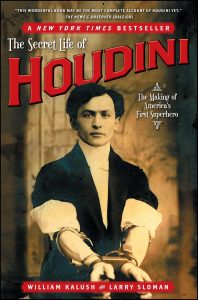 One book, “The Secret Life of Houdini” made the point that Spiritualists had a history of poisoning their detractors. It would not have been hard for someone determined to poison the famous debunker, and well-chosen poisons could produce symptoms similar to the ones he reported.
One book, “The Secret Life of Houdini” made the point that Spiritualists had a history of poisoning their detractors. It would not have been hard for someone determined to poison the famous debunker, and well-chosen poisons could produce symptoms similar to the ones he reported.
There was never any autopsy to confirm appendicitis. There was also much debate focused on the student who punched Houdini in the gut. There was a theory that Whitehead might have been hired or been sympathetic to a Spiritualist who had previously threatened Houdini’s life.
Many historians tended to dismiss the murder theories as speculation, and unlikely.
For some the real question was whether Houdini’s ruptured appendix had any connection to the stomach blows. Or did the punches simply cause the magician to ignore an already existing case of appendicitis?
Ironically, Houdini’s interest in mediums came out of his wish to communicate with his dead, beloved mother. His experience with mediums made him acutely aware of the pain caused by fakery as well as the high price of solace.
His promise to his wife, Bess, was that if indeed after death he could communicate with her, he would – on the anniversary of his death.
Never on any Halloween did Bess get word beyond the grave from Houdini.
